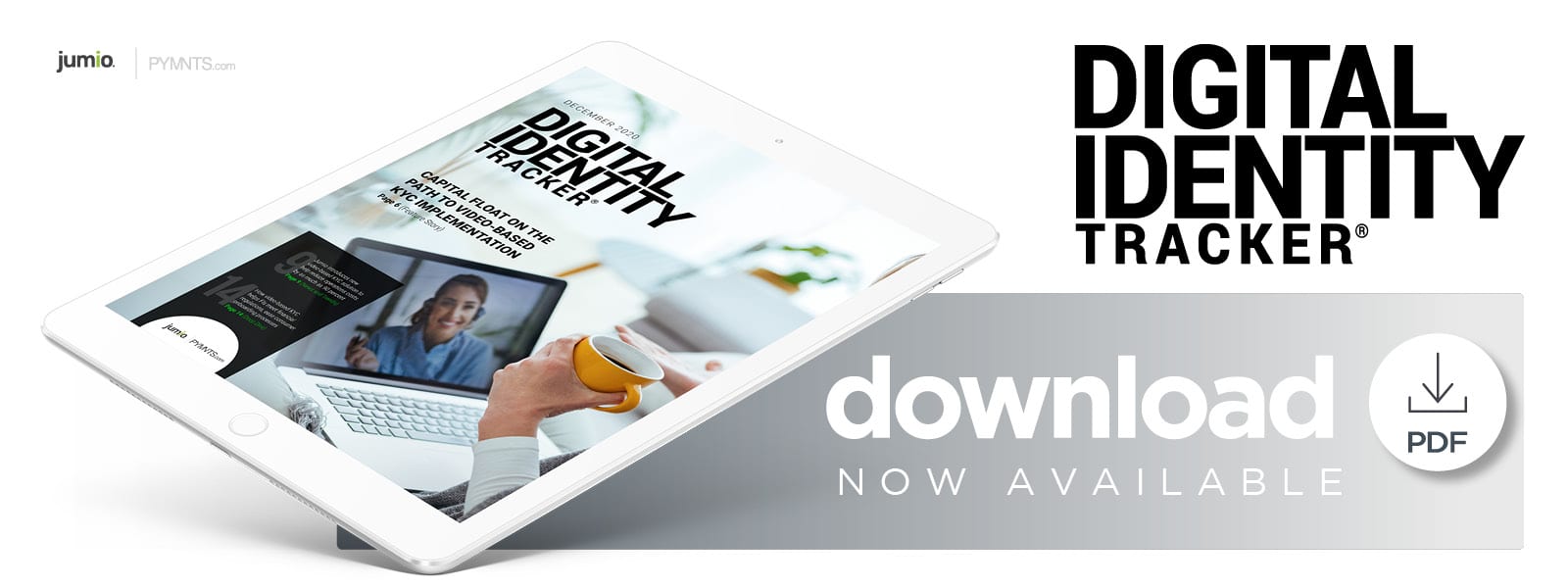Developing a quick, seamless and secure onboarding process for financial institutions (FIs), lending startups and other financial services providers has long posed its trials.
Such entities in India were granted relief on Jan. 9 when the Reserve Bank of India (RBI) officially recognized the video-based customer identification process (V-CIP) as a legitimate, acceptable form of customer identification as part of the government’s effort to drive digitization. The process involves capturing a user’s live photo to compare alongside an official document, such as an Aadhaar card, which bears a unique, 12-digit ID number.
This authorization came just in the nick of time, too, as such technology would soon be an effective tool to safely verify users from their homes while the pandemic made it riskier for consumers to venture out in public. The crisis strained businesses worldwide, especially startups and small companies with less cash flow and resources, but video-based know your customer (KYC) presents an opportunity to reduce the number of potential customers who abort application processes they may see as lengthy and complicated.
India-based digital lender startup Capital Float witnessed a multitude of benefits from implementing video-based KYC to help onboard its small- to medium-sized business (SMB) clients. The company was founded in 2013, and its mission is to address India’s enormous credit problem by providing flexible and timely credit delivered via a seamless mobile experience. Capital Float had provided 500,000 clients with $1.2 billion in funding as of April, although the virus’s spread was greatly impacting India’s FinTech space.
In an interview with PYMNTS, Prasad G R, operations head at Capital Float, detailed how the company uses solutions such as Aadhaar-based eKYC, which considers biometric details including fingerprints and eye scans along with dates of birth and addresses. Capital Float employs video-based customer identification as well, which has gone a long way in solving many perennial issues that banking, financial services and insurance (BFSI) companies tend to face, he said.
“Being paper- and people-intensive, the earlier process added to the customer acquisition cost and took considerable time to complete,” Prasad said.
V-CIP’s biggest advantage is the elimination of risks associated with secure transmission and storage of documents. Prasad also noted that geotagging — the addition of customers’ locations to submitted videos — and the live photo feature combine to precisely confirm identities and weed out any fraudsters.
The Roadmap To Adopting Video-Based KYC
Video-based identification can seamlessly onboard users once deployed, but getting to the point of deploying can have its obstacles for some companies. One of the initial challenges that came with video KYC’s adoption was having to build and implement products that were compliant with V-CIP’s requirements without relying on publicly available video solutions, Prasad explained.
“The other lingering challenge is the complex Aadhaar verification procedure, which we hope will be simplified in the future,” he said.
The convenience of onboarding with video is key to attracting new customers, but it must also be trusted to invisibly secure sensitive data on the back end. Merely adopting digital technologies does not solve for efficiency problems, Prasad noted. Adopting the right tools, such as video-based KYC, helps companies not only comply with regulations, reduce risk and strengthen processes but also build trust with customers by letting them know that their information is secure.
“For a BFSI business to derive the full benefits that the digital realm offers, it is important to design a flow that keeps the customer at the center while solving for risk management and compliance,” Prasad said.
Banks offer application programming interfaces (APIs) — a software intermediary that allows two applications to talk to each other — for nearly all of their services, for example. Verification of a customer’s bank account can happen at the click of a button as a result, eliminating any manual interference that could lead to errors.
“Reliance on such solutions will be a win-win for both the customer and the business,” he said.
Clients that have access to these technologies will more easily be able to onboard with Capital Float, and the company will be more able to quickly lend aid to SMBs that need it most to make it through the pandemic.





